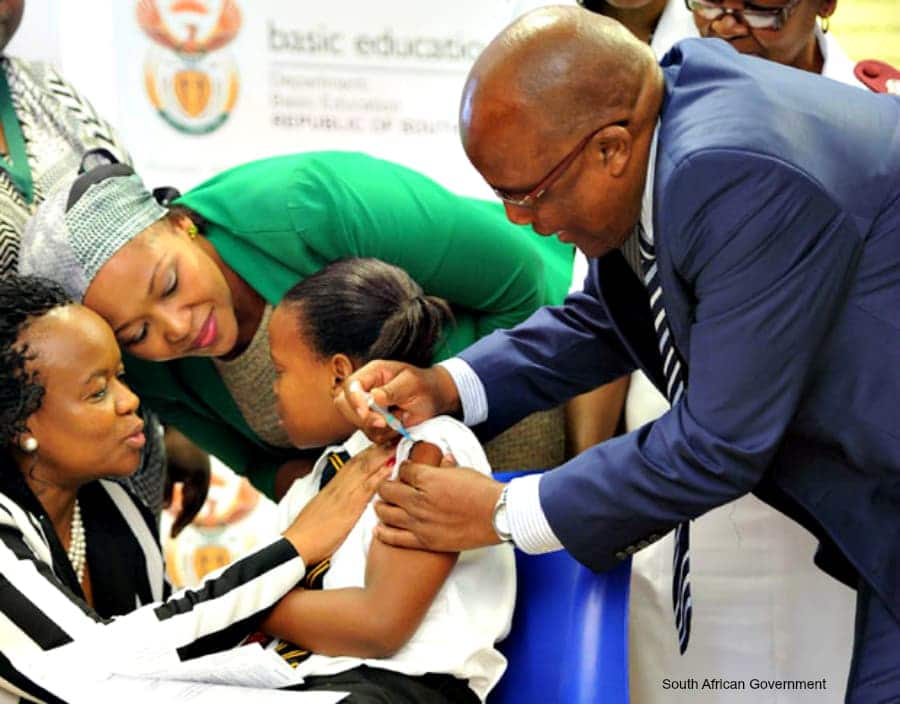SADC countries battling to reach HIV positive people
The biggest barriers to effective HIV treatment were centralised service provision, which meant many primary health centres did not stock ARVs, and a shortage of health workers, according to the report from the Community based systems in HIV treatment (CoBaSys) programme.
Some health workers were also charging patients to have their CD4 counts taken or to get ARVs in some rural facilities although these were supposed to be free.
The programme conducted research at 12 sites in Zimbabwe, Namibia, Mozambique, Malawi, Botswana and Tanzania.
Goromonzi, a rural district 30km south-east of Harare in Zimbabwe, has a population of 178 000 people. Almost one-fifth of the people are HIV positive, yet neither the one district hospital nor the health centres and clinics in the area provide ARVs.
‘Shortage of medicines, equipment, health workers and low health worker pay undermines service delivery (in Goromonzi),’ according to the report.
Caprivi in Namibia has a population of almost 80 000. There is one district referral hospital, three health centers and 25 clinics, but only seven percent of facilities provide ARVs while 16 percent offered prevention of mother-to-child HIV transmission services.
In Malawi, the scarcity of ARVS meant people often had to travel to Lilongwe, the capital, in order to get medication.
‘Many people are dying with HIV and some people are developing a problem of drug resistance to ARVs because they are unable to access the ARV medicines easily. Transportation costs from here to the Central Hospital, or Area 25 Health Centre and other centres where the ARVs are provided are very high,’ an HIV positive Malawian woman woman.
In Marracuene in Mozambique, a lack of transport, and poor roads prevented access to health centers.
‘There are shortfalls in essential medicines, staffing; equipment and other supplies, undermining coverage,’ according to the report.
‘Where services for AIDS were integrated with services for maternal and child health and treatment of common illnesses and were close to communities, they were more accessible and supportive of responses for reducing both HIV risk and vulnerability top AIDS,’ concluded the report.
However, all services were found to be ‘crowded, stressed by rising demand, with poor facilities for privacy, shortfalls in supplies and frustrated and non-communicative health workers undermining uptake.
‘Of these factors the presence of trained health workers living in the community was found to be the most critical.
‘Faced with poor pay, poor occupational protection, shortfalls in medicines and equipment in primary care services, limited space for services, poor supervision and mentoring, some health workers were reported to leave primary care services, to raise informal charges for rationed services like ART or CD4 testing, or to have stressed and sometimes hostile communication with clients.’
The full report can be read on:
http://www.cobasys.eu/wp-content/uploads/2010/01/COBASYS_Synthesis-Final-Dec2011.pdf
Author

Kerry Cullinan is the Managing Editor at Health-e News Service. Follow her on Twitter @kerrycullinan11
Republish this article
This work is licensed under a Creative Commons Attribution-NoDerivatives 4.0 International License.
Unless otherwise noted, you can republish our articles for free under a Creative Commons license. Here’s what you need to know:
You have to credit Health-e News. In the byline, we prefer “Author Name, Publication.” At the top of the text of your story, include a line that reads: “This story was originally published by Health-e News.” You must link the word “Health-e News” to the original URL of the story.
You must include all of the links from our story, including our newsletter sign up link.
If you use canonical metadata, please use the Health-e News URL. For more information about canonical metadata, click here.
You can’t edit our material, except to reflect relative changes in time, location and editorial style. (For example, “yesterday” can be changed to “last week”)
You have no rights to sell, license, syndicate, or otherwise represent yourself as the authorized owner of our material to any third parties. This means that you cannot actively publish or submit our work for syndication to third party platforms or apps like Apple News or Google News. Health-e News understands that publishers cannot fully control when certain third parties automatically summarise or crawl content from publishers’ own sites.
You can’t republish our material wholesale, or automatically; you need to select stories to be republished individually.
If you share republished stories on social media, we’d appreciate being tagged in your posts. You can find us on Twitter @HealthENews, Instagram @healthenews, and Facebook Health-e News Service.
You can grab HTML code for our stories easily. Click on the Creative Commons logo on our stories. You’ll find it with the other share buttons.
If you have any other questions, contact info@health-e.org.za.
SADC countries battling to reach HIV positive people
by Kerry Cullinan, Health-e News
January 20, 2012



